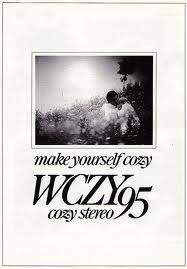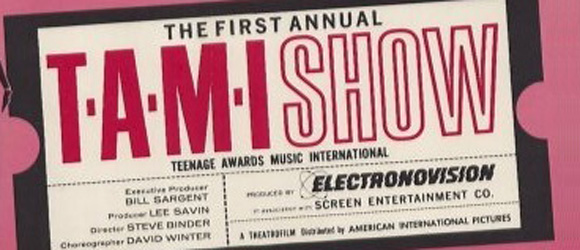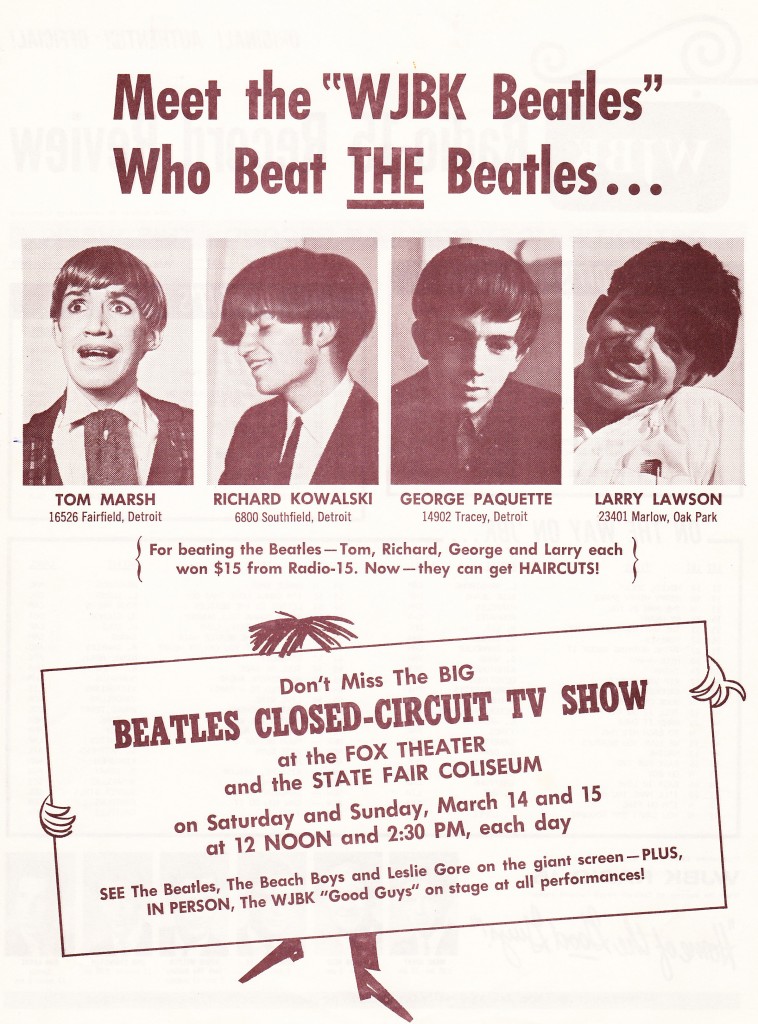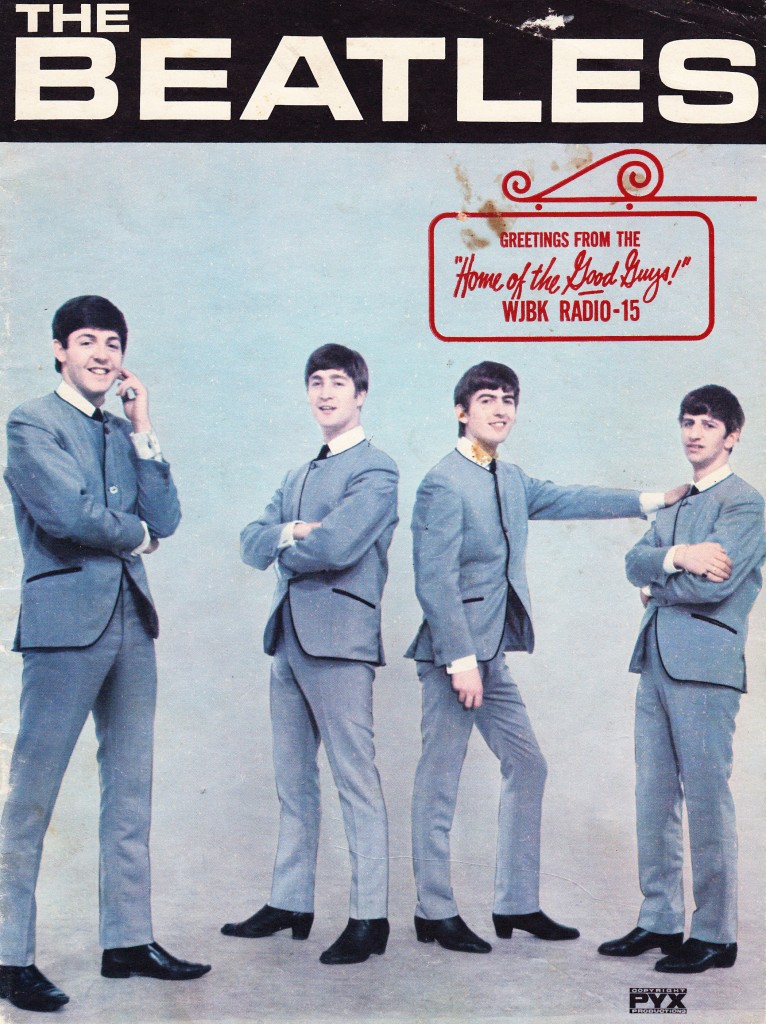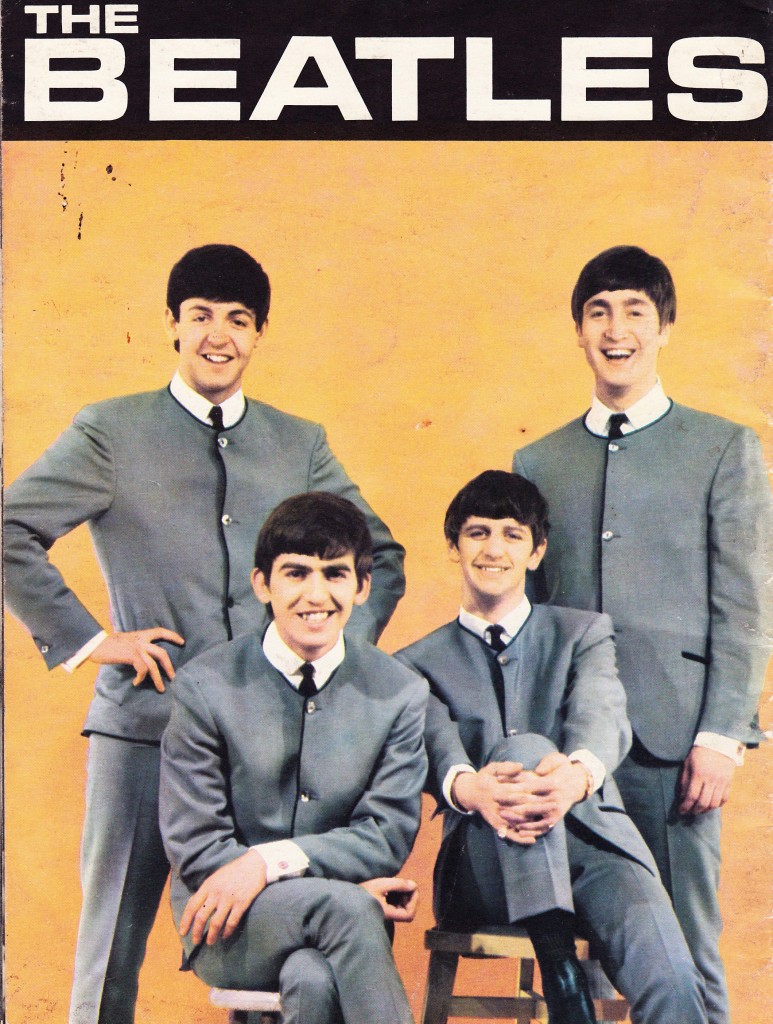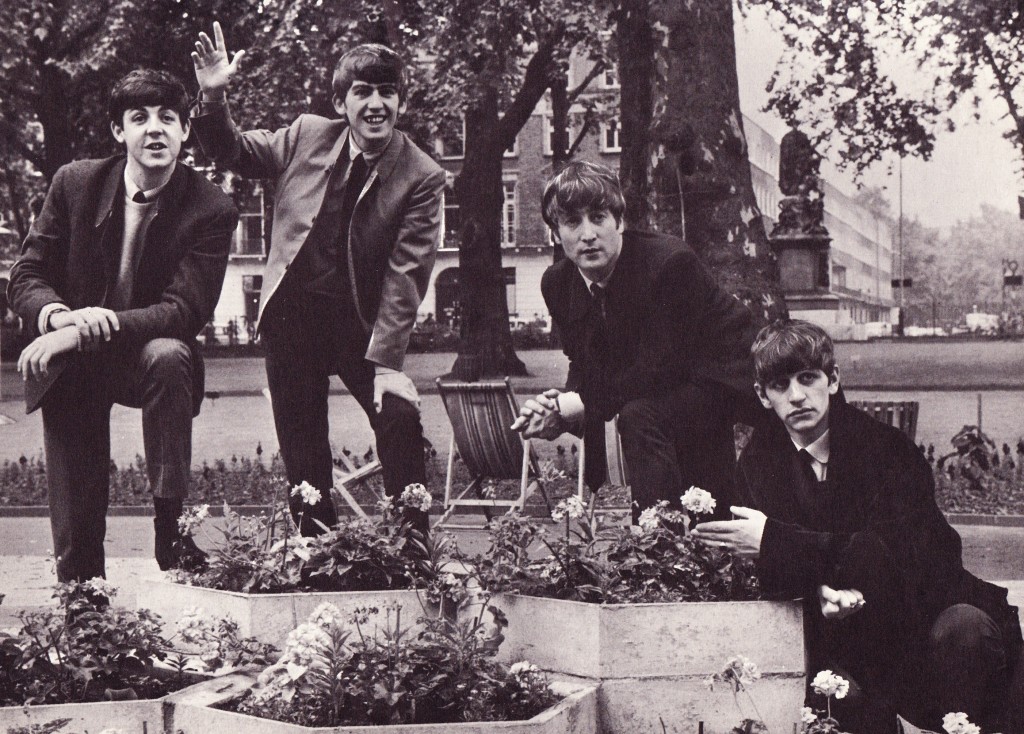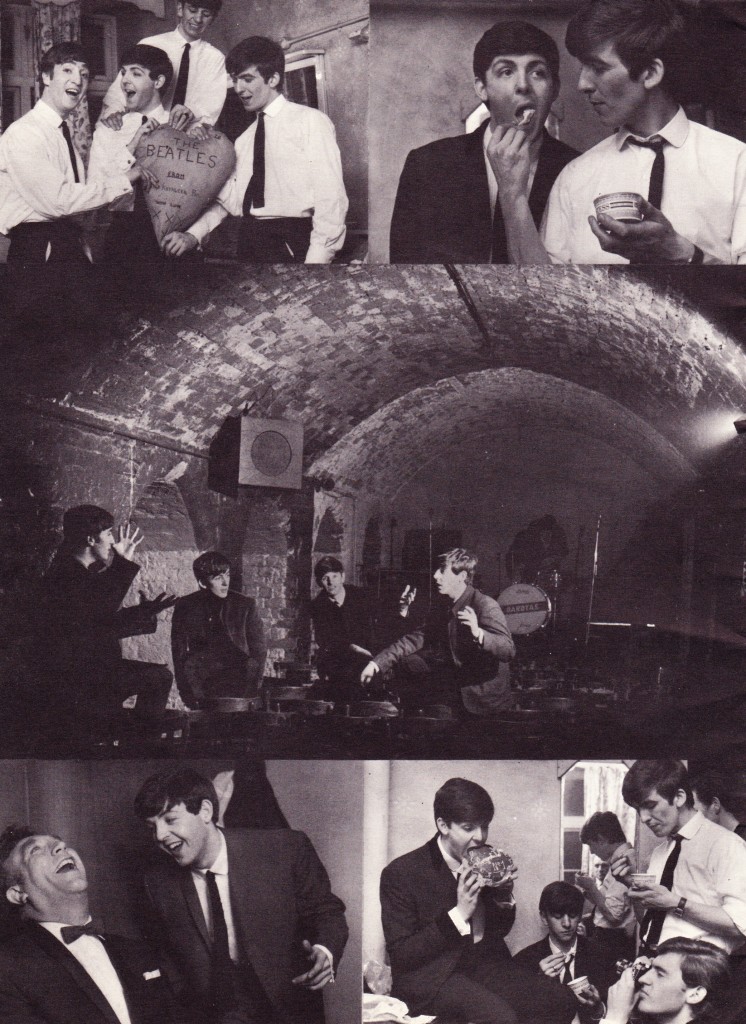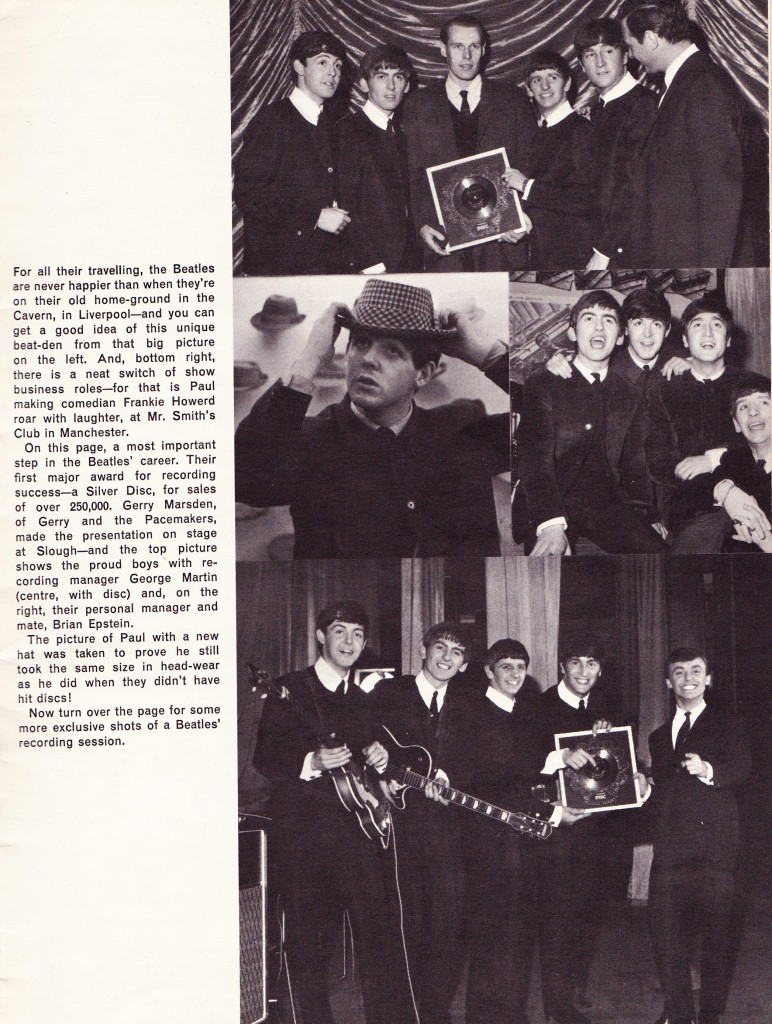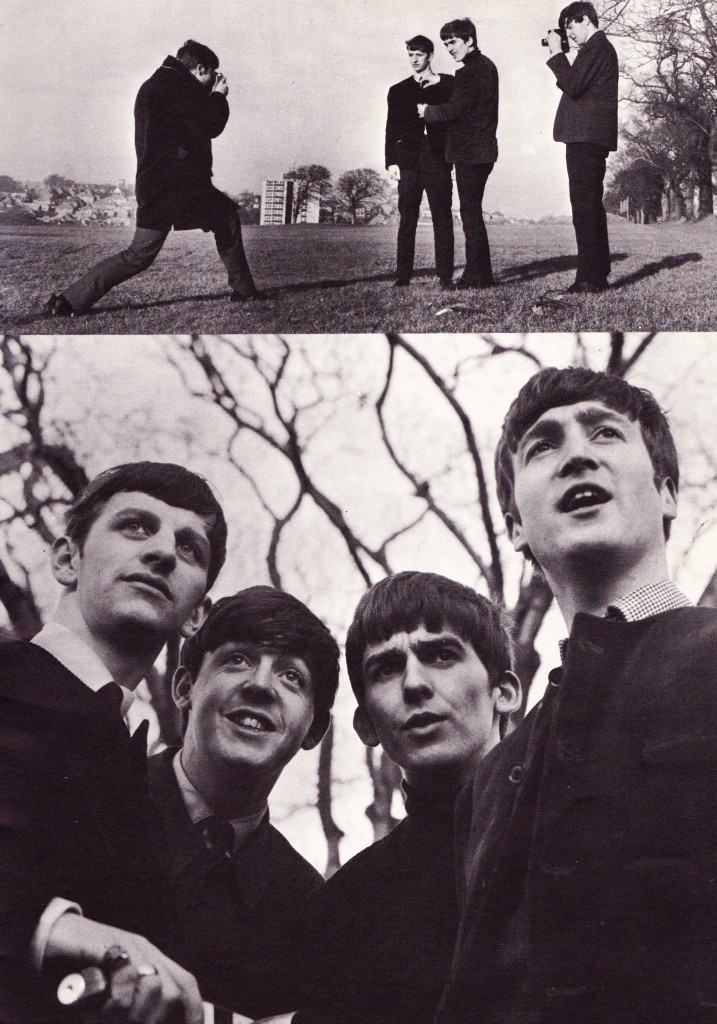![]()
Category: Flashbacks
WMJC * PAULA CASEY
TOM CLAY * WHATEVER HAPPENED TO LOVE?
![]()
WCZY * ED BARRETT
‘T.A.M.I’ ELECTRONOVISION’S LATEST GETS N.Y. SHOWING . . . NOVEMBER 21, 1964
 From the MCRFB NEWS archive: 1964
From the MCRFB NEWS archive: 1964
MEDIA, PRESS, TEENERS GETS BIG EYEFUL PREVIEW
NEW YORK — Electronovision debuted its second theater film presentation and the first specifically for teen audiences at a special press preview Wednesday, November 11. It provided a stirring emotional experience, presenting 12 top record acts for one hour and 40 minutes.
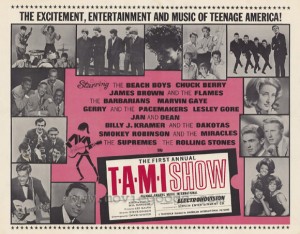
The Electronovision process was first used to capture Richard Burton’s Broadway performance of “Hamlet,” which was later shown in theaters during a special two-day period. The process utilizes cameras, up to ten at a time, that looks like TV cameras. The images received are fed into a master control room where a director chooses the image he selects to edit on a master tape. From this tape, a commercial motion picture film is produced and prints of the film is marketed for general theater view.
The latest production is called “The T.A.M.I Show” and features Jan and Dean, who will host the show with performances by Chuck Berry, Gerry and the Pacemakers, the Miracles, Marvin Gaye, Lesley Gore, the Beach Boys, Billy J. Kramer and the Dakotas, the Supremes, the Barbarians, James Brown and the Flames, and, the Rolling Stones.


TAMI stands for Teen-Age Music International, an international non-profit organization set up “to understand teen-agers, to recognize their needs, their wants, their attitudes and their principles . . . to help them establish a position of respect in their communities, and in our total society.” TAMI proposes to accomplish these goals through almost the universal teen-age interest in music. This show indicates that the people involved clearly have their finger on the pulse of the teenager.
The film opens at a wild pace with five minutes of fast-moving action showing the performers en route to the Santa Monica, Calif., Civic Auditorium. The acts are in buses, taxis, trucks, motor scooters and even on sidewalk skate boards. Film credit appears over the action.
The pace never slackens and the crowds of teen-agers in the audience rarely let up with their din of adulatory cacophony. It adds aural impact and spurs performers to give frenetic performances. James Brown stands out with a fabulous performance that will enhance his position as an artist and open new vistas of opportunity. The press applauded at the end of his stint.

Lesley Gore came across in a warm, sincere manner. Teen-agers obviously adore her as an artist and it looks as though though this gal can bridge the gap to the adult market, if her performance serves as any criteria.
Record dealers in cities where the T.A.M.I show will be screened should experience record sales by the dozen artists highlighting the film. Many excellent tie-ins should be advantageous as well between the dealers and the theater owners.Both could stand to gain. The only showings to be made, except the premiere, will be during the holidays, December 19 through January 3, 1965.
At least 1,000 prints of the film will be in circulation in the U. S. during the holiday season, with some “bicycled” between showing from one theater to another. World-wide distribution, showing will require another additional 1,200 prints.
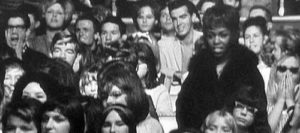
Los Angeles was slated to have the world premiere of the film on Saturday, November 14, in 33 theaters. The premiere comes 16 days after theater filming in Santa Monica. The print shown to the press came only 13 days after the live performance, giving an indication of how the Electronovision process can be utilized to capture people and events (such as this film process suggests) in more present timeline fashion. William Sargent, Jr., president of Electronovision, Inc., plans a feature every month, beginning in early 1965. The process is so good and so was the direction by Steven Binder, credit musical direction by Jack Nitsche and David Winters was behind the choreography behind the film. Al Ham of Joy Records served as music consultant and his deft touches are apparent in the film’s score.
Sargent told Billboard that his firm is presently in contact with record companies to whom the artists are under contract, relative to securing approval for a soundtrack album to be released by his firm. He is not interested in singles. “The album could be bigger than the picture, couldn’t it?” he commented. END
___
(Information and news source: Billboard; November 21, 1964)
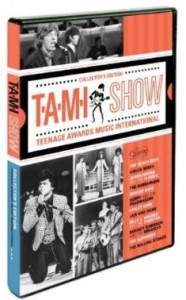 Addendum: For more information on the 1964 filming, production, and the bio/story behind ‘The TAMI Show,’ go here.
Addendum: For more information on the 1964 filming, production, and the bio/story behind ‘The TAMI Show,’ go here.
In 2009, the much sought-after film ‘The TAMI Show,’ was finally released on DVD. The 2009 DVD edition was entirely remastered in HD sound and picture quality. For more info and current availability of this 2009 ShoutFactory DVD release, go here to Amazon.com.
For more sensational ‘TAMI Show’ videos on YouTube go here.
Also, check out this USA Today article Concert film ‘TAMI Show’ captures rock in its 1964 glory (dated March 19, 2010) on the TAMI Show Collector’s Edition DVD release.
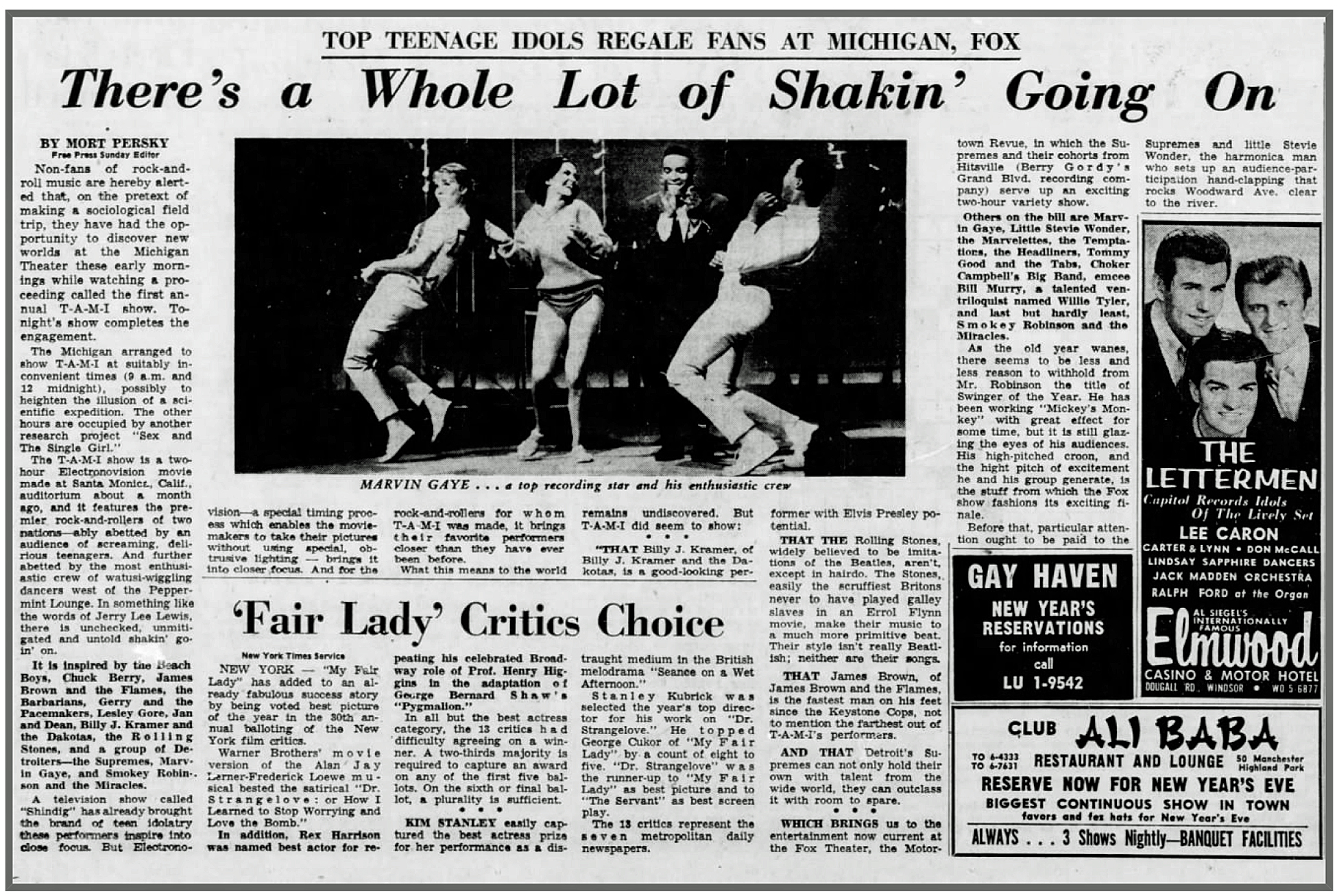
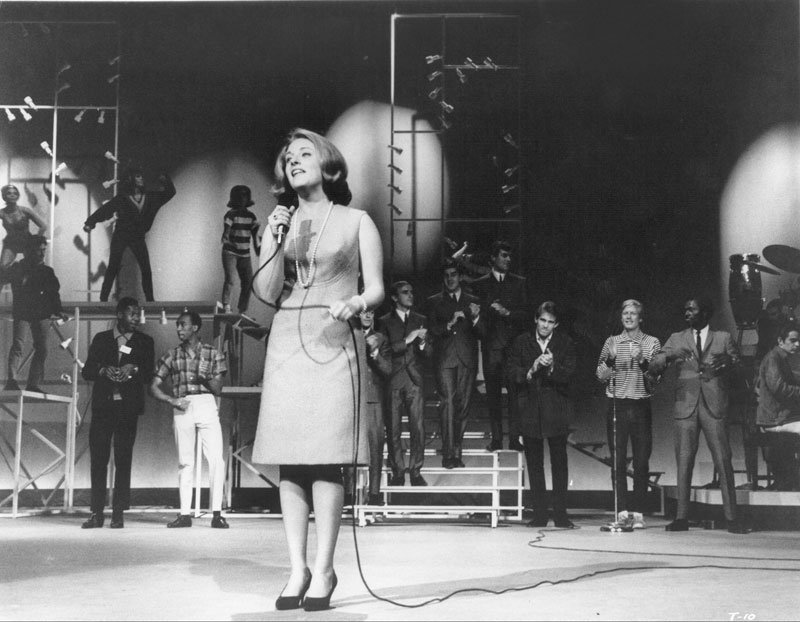
![]()
STAR 97 * WYST * DON ELLIS
WJBK RADIO 15 * THE BEATLES BOOK * 1964
KEENER 13 PODCAST
You can now click on the WKNR Podcast on the
left side and hear them all.
Big Thanks To Scott Westerman.
![]()
RECORD LABELS FLIPPING OVER ‘ALFIE’… AUGUST 13, 1966
POPULAR FILM SONG PLACES BACHARACH-DAVID COMPOSITION ON TOP, HOT RECORDING DEMAND
NEW YORK — Eddie Wolpin, vice-president of Famous Music, has lined up one of the biggest advance disk spreads on a film song in recent years. The song, title-tune of the British-made film “Alfie,” already has nine recorded versions on the market. The movie will have it’s U. S. premiere on Thursday, August 25.
Leading the list on recordings is Cher on Imperial Records, which is the No. 41 spot on Billboard’s “Hot 100” chart this week. Also getting spins are Jack Jones (Kapp), Cilla Black (Capitol), Dionne Warwick (Scepter), Joannie Summers (Columbia), Carmen McRae (Mainstream), Billy Vaughn (Dot), Tony Martin (Dot), and Vicki Carr (Liberty). Cher sings the song, which was written by Burt Bacharach and Hal David for the film’s soundtrack. END.
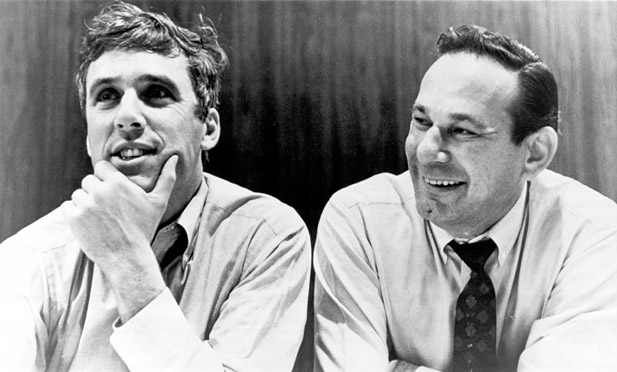
(Information and news source: Billboard; August 13, 1966).
![]()
R&B WCHB TAKE RATINGS LEAD IN BANNER YEAR . . . AUGUST 13, 1966
 From the MCRFB NEWS archive: 1966
From the MCRFB NEWS archive: 1966
R&B Stations Ride High in Frequency Across Major U. S. Radio Markets
 DETROIT — R&B radio stations are having a banner year and many have turned into powerhouses in major markets in general. For example, WCHB here in Detroit is No. 3 during the daytime in the general market and and after 6 p. m. goes to No. 1. The ratings success story of WOL in Washington in the past year has been the talk of the radio industry. All over the nation, modern R&B stations in general are doing great and program directors point to two factors as having an influence on this — the growing popularity of R&B music among whites as well as Negroes, plus the up-dating of the programming and production at these stations.
DETROIT — R&B radio stations are having a banner year and many have turned into powerhouses in major markets in general. For example, WCHB here in Detroit is No. 3 during the daytime in the general market and and after 6 p. m. goes to No. 1. The ratings success story of WOL in Washington in the past year has been the talk of the radio industry. All over the nation, modern R&B stations in general are doing great and program directors point to two factors as having an influence on this — the growing popularity of R&B music among whites as well as Negroes, plus the up-dating of the programming and production at these stations.
Bill Curtis, program director of WCHB here in Detroit, recently commented that, “This station has been building up over the past two years. It’s owned by two Negro doctors who’ve been extremely involved in community affairs, so people look to us as leaders in the community.
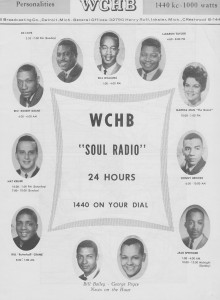
“Too, our sound is as good or better as any station in town. We have strong deejays: Bill Williams is one of the best in the country, a top 40 type of personality. And we have Martha Jean Steinberg. All of our personalities are just as smooth, as competent as any jock on any station.”
Like other program directors, Curtis felt the over-all status of the R&B deejay has made tremendous progress in the past year. And one reason why they have achieved status in the community, he said, “is that in the old days the stereotyped R&B deejay said anything that came to mind. It often offended people or was distasteful. Today, with modern production and tight programming, the deejay only have time for news, temperature, announcing the time, and playing records. There is very little time left in possibly saying the wrong thing.”
KYOK in Houston is another station achieving success. Program director Al Garner said that R&B radio “period” is looking better in Houston. Sitting in for vacationing deejays during the past few weeks, Garner said he noticed that his station was picking up a growing number of Latin listeners, as well as white kids. The station runs third and fourth now in the general market, he said, and competes on the general market level for advertising.
Lucky Cordell, program director of WVON in Chicago, said the status of R&B deejays, at least, was improving. “E. Rodney Jones and Pervis Spann own a nightclub. Herb Kent has just opened a ballroom for record hops. It’s now a prestige factor to be an R&B deejay. Deejays are respected in the community.”
He likened the success of R&B stations in the past few months with the civil rights movement — “We’ve become more and more a source of information. We’re doing a much better job of reporting the news that involves Negroes than the other station in now. Whereas R&B stations used to be mostly for the kids, this is no longer true.” The station, he said, helped “a good deal in settling the people down during a recent flare up.”
George Wilson, program director of WHAT in Philadelphia, said there’s no question about the status of the R&B deejay improving. The National Association of Radio Announcers, he said, had helped enormously. “There’s a growing substance to the organization and it’s making an influence.
“Nowadays, the successful R&B radio stations are the ones with the hip young guys who understand what radio is all about or the older deejays who were intelligent enough to adjust and grow with the times. The quality of deejays on R&B stations have improved. Here, for example, our regular weekly meetings are intelligent discussion sessions. I can bring up a matter and get an intelligent response; we come up with a workable solution.”
He felt that all R&B stations have shown audience increases this summer despite issues of racial problems, but believed they would keep this audience this fall and not lose them. WHAT is playing, records by Frank Sinatra, Dusty Springfield and Chris Montez . . . “any record the Negro people want to hear. He picks up the information at local Negro nightclubs, which he makes it a point to visit once or twice a week to listen to the tunes being played most on jukeboxes.”
WVKO in Columbus, Ohio, has made tremendous strides commercially, said program director Bill Moss. He felt there was a general “uplift” attitude throughout Negro radio. “This is one of the things NARA is preaching and and those stations that are already not in style are at least becoming aware of the progress being made by the better radio stations.” R&B radio stations now have to assume a role of leadership that “we didn’t before. We must assume the responsibility of uplifting the kids.”
WDIA in Memphis sets an enviable position; it has been No. 1 in the market for about 17 years, said program director Bob McDowell, largely through community involvement. The station supports 145 baseball teams with equipment, provides two buses to take handicapped children to school daily, supports a school for crippled children, plus other goodwill projects. McDowell said he felt the status on R&B deejays have improved. “I can tell by the quality of the men who’ve come here in the past three years; they’re good, high quality personalities which is one reason why we’re on top.”
The popularity of R&B music is growing, he said, “even here,” in Memphis, considered to be one of the leading R&B markets of the nation. END
___
(Information and news source: Billboard; August 13, 1966)
![]()

